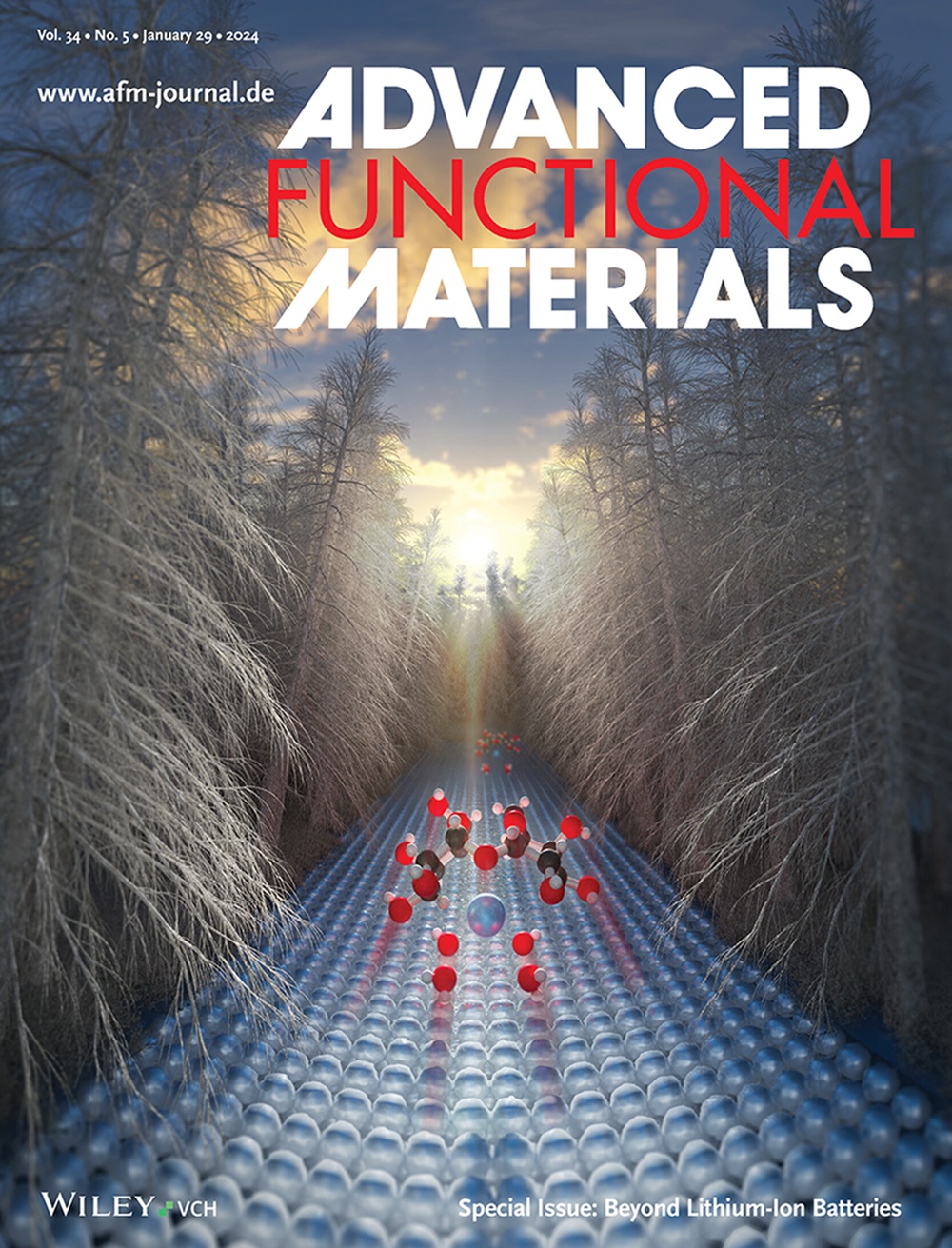Dissolving Microneedles as In Situ Chemical Reaction Chambers: from Design Strategies to Versatile Biomedical Applications
IF 18.5
1区 材料科学
Q1 CHEMISTRY, MULTIDISCIPLINARY
引用次数: 0
Abstract
The skin microenvironment is a highly intricate and dynamic system, characterized by an acidic pH, a diverse microbiota, various metabolites, and numerous enzymes, creating both challenges and opportunities for the development of innovative drug delivery systems. Dissolving Microneedles (MNs) have emerged as a promising, pain‐free alternative to conventional invasive injections, offering the ability to deliver therapeutics through gradual degradation within the skin's interstitial fluids. Building upon the unique properties of both the skin microenvironment and dissolving MNs, a novel concept is introduced wherein dissolving MNs serve as in situ chemical reaction chambers. In this framework, MNs can deliver chemical reactants or catalysts to the skin, enabling the initiation of specific chemical reactions, such as prodrug activation for targeted therapy, the degradation of harmful metabolites, or the enhanced synthesis of beneficial molecules. Moreover, this review systematically explores the potential of dissolving MNs as chemical reaction chambers, discussing key aspects such as their sustained release mechanisms, design strategies, and a range of therapeutic applications. Finally, a forward‐looking perspective is provided on the future development of dissolving MNs, addressing the challenges and opportunities for their broader clinical translation and application in personalized medicine.求助全文
约1分钟内获得全文
求助全文
来源期刊

Advanced Functional Materials
工程技术-材料科学:综合
CiteScore
29.50
自引率
4.20%
发文量
2086
审稿时长
2.1 months
期刊介绍:
Firmly established as a top-tier materials science journal, Advanced Functional Materials reports breakthrough research in all aspects of materials science, including nanotechnology, chemistry, physics, and biology every week.
Advanced Functional Materials is known for its rapid and fair peer review, quality content, and high impact, making it the first choice of the international materials science community.
 求助内容:
求助内容: 应助结果提醒方式:
应助结果提醒方式:


